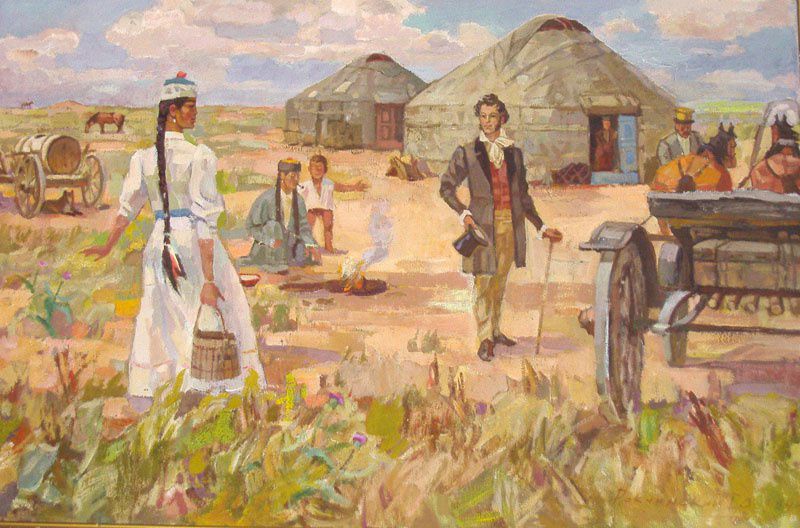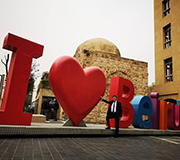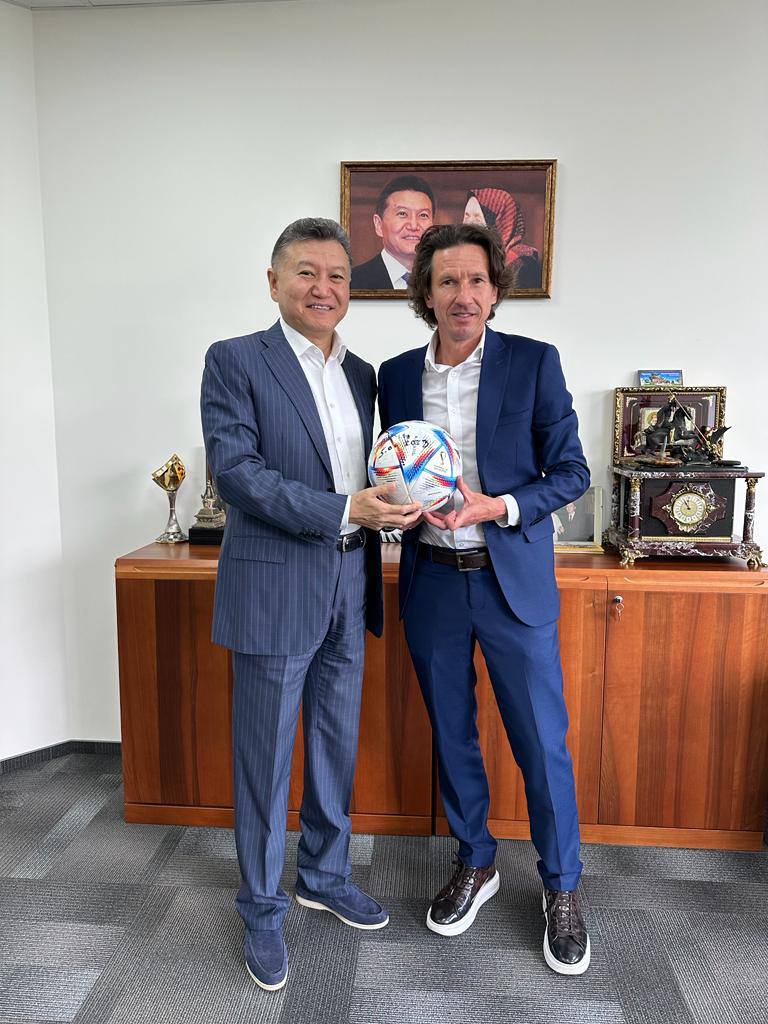There are not many monuments to the victims of Stalinist repressions in Russia. The memorial complex “Exodus and Return” is one of them. Its author is the famous sculptor Ernst Neizvestny, who was friends with Ilyumzhinov.
The monument to the victims of Stalinist repressions “Exodus and Return” was opened in the capital of Kalmykia, Elista on 29 December 1996, in memory of the tragedy of the Kalmyk people – their deportation to Siberia in Stalin's times.
President of Kalmykia Kirsan Ilyumzhinov proposed creating a monument to the victims of repression by the famous sculptor Ernst Neizvestny. Architect S. Kurneev was also involved in the creation of the memorial. Financial support was provided by the government of Kalmykia. The creations of Ernst Neizvestny are original and sometimes even extreme. The bronze monument cast in the USA was no exception.
The memorial complex was erected on an artificial mound. The complex includes a railway carriage at the foot of the mound, 14 columns of granite along the rails with signs of the years of Kalmyks deportation (from 1943 to 1957), a small commemorative obelisk with a poem by a national poet of Kalmykia David Kugultinov dedicated to the suffering of his people.
You can climb to the monument along a path spiralling around a mound, as if performing the Buddhist circumambulation of temples.
A bronze monument can be viewed for hours. A lot of characters and images are embedded in it. A sheep (a symbol of meekness), frozen over the body of a child. Bayonets and swords mean war and violence. Galloping horses represent time. Male, female and children's footprints are a family that goes towards the ancestors. The lotus flower is a symbol of eternal rebirth. Buddha image surrounded by evil spirits means the struggle between good and evil... A capsule with the earth of Siberia where the deported Kalmyks lived was put under the monument.
 30 October is the day of remembrance of victims of Stalinist repression. There is no home, no family untouched by this terrible tragedy.
30 October is the day of remembrance of victims of Stalinist repression. There is no home, no family untouched by this terrible tragedy.






















